Google Ads is one of the best platforms out there for getting targeted traffic and boosting conversions. But here's the thing: handling large-scale campaigns by hand can be a huge time-suck. That's where automation comes in and can make a real difference.
In this article, the YeezyPay team, a service that offers trusted agency accounts for Google Ads, will show you how to use automated tools to supercharge your advertising campaigns and save a lot of time and resources. We'll explore all the great opportunities that modern technologies provide for managing your ads, and we'll talk about the awesome benefits you can get from using them.

These scripts can serve various purposes, such as adding values to a company, multiple ads, or keywords; identifying issues within your account; detecting broken links; and creating reports with diverse benefits, among other things.
Let's take a look at some specific examples of scripts:
The data source for these scripts can be anything. For instance, if you know the weather in Chicago, you can set up an advertisement for umbrellas in that city and stop displaying it based on the product feed if it's out of stock or there are fewer than three items left.
How to work with scripts:
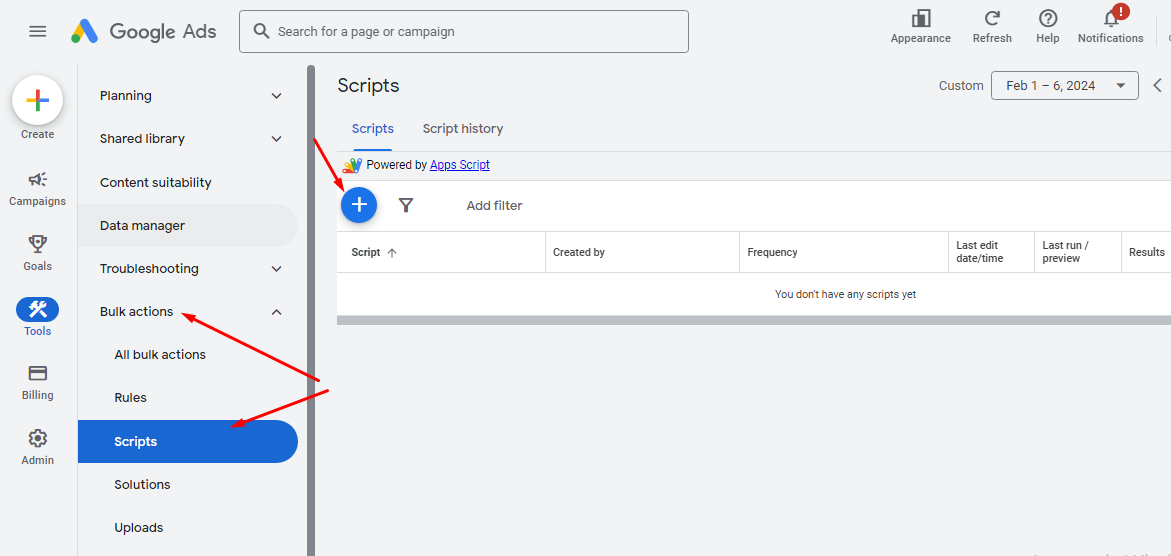
You can find both free and paid scripts in the Google Ads Editor or by searching online.
Note that you can run scripts once per day and schedule them to run no more than once per hour through a manager account. Individual accounts can have up to 50 scripts running at a time.
Scripts are commonly used by large business owners and media buying teams who manage a massive number of advertising campaigns. They often use trusted agency accounts from services like YeezyPay, which are highly trusted by Google. This combination allows them to drastically speed up and improve their work efficiency.
1. Keyword Planner: This tool helps you find the right keywords for your ads and predicts how much they might cost per click based on search queries and competitor prices.
How to use it:
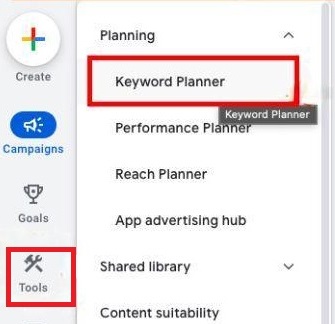
2. Automated rules: These rules allow the system to automatically make changes to your ads, such as changing their status, budget size, bids, and other parameters.
For example, you can set a rule to stop showing ads with keywords that aren't performing well, based on specific criteria.
How to set up automated rules:
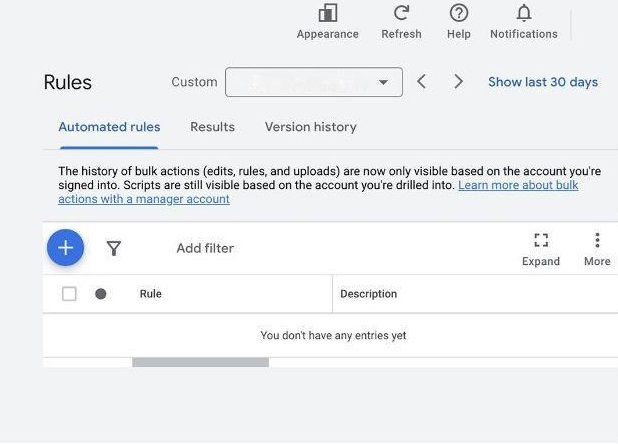
If you want to experiment with different advertising strategies without getting overwhelmed, it's recommended to use an agency account provided by YeezyPay. By using an agency account, you can try out various advertising options with ease. The advantage is that even if Google decides to block the agency account, YeezyPay ensures that any unused funds in the account will be refunded to you as the owner. This way, you can explore different advertising approaches with peace of mind, knowing that your investment is protected.
3. Responsive Ads:
These ads adapt their appearance and format based on the display page. Google Ads generates them from user-uploaded titles, descriptions, and images. Responsive Ads help to reduce cost per click while increasing the click-through rates (CTR), conversions, and the accuracy of responses to user queries.
How to set up a responsive ad in search:
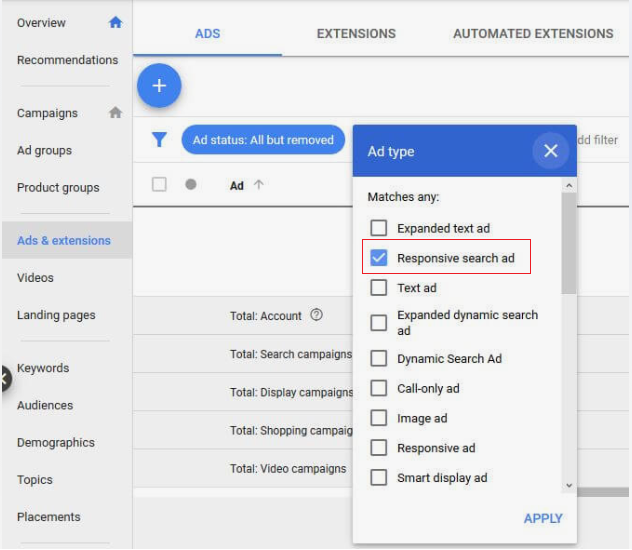
4. Dynamic keyword insertion:
This tool automatically selects keywords to insert into ad titles and descriptions based on search queries, increasing the number of clicks on ads.
Example: If you sell frying pans from different manufacturers and a buyer searches for a Tefal frying pan, the ad headline will be "Buy a Tefal frying pan."
How to set up dynamic insertion in ad titles or text:

5. Dynamic Search Ads:
This ad type automatically creates headlines based on the information and/or product feed available on the advertiser's website. They increase coverage and are particularly useful for large online stores, travel agencies, and companies with a wide range of products.
How to set up dynamic ads:
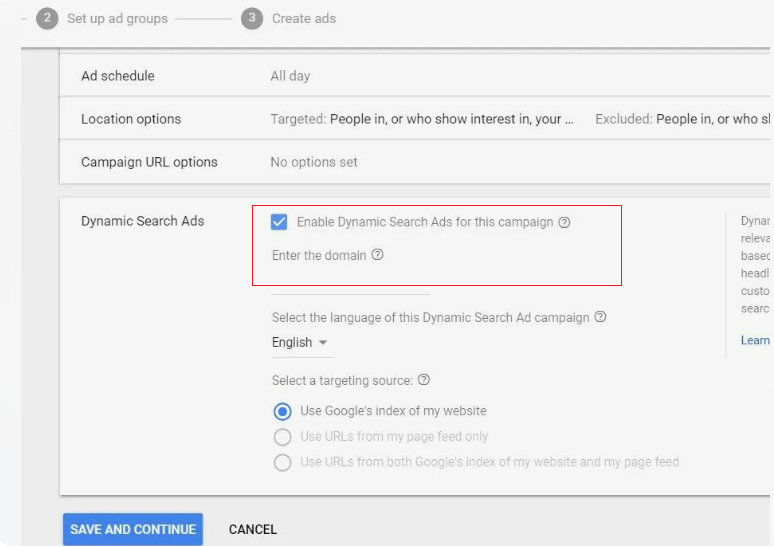
To make the most of dynamic advertising, it's important to choose catchy descriptions and set different bids for your most profitable services, products, and categories. The best way to do this is by using trusted agency accounts from YeezyPay. These accounts have gained a high level of trust from Google, so you can spend your funds with confidence, knowing you won't get banned.
These tools are particularly valuable for large businesses that run multiple advertising campaigns. By using agency accounts provided by trusted platforms like YeezyPay, advertisers can confidently test different strategies and ad formats without the fear of getting their accounts banned. This not only improves the effectiveness of their ads but also increases the number of conversions they generate.
To put it simply, these automation tools and agency accounts allow advertisers to optimize their advertising efforts, save time, and achieve better results in their campaigns.
In this article, the YeezyPay team, a service that offers trusted agency accounts for Google Ads, will show you how to use automated tools to supercharge your advertising campaigns and save a lot of time and resources. We'll explore all the great opportunities that modern technologies provide for managing your ads, and we'll talk about the awesome benefits you can get from using them.
Google Ads Scripts
Google Ads Scripts are a part of the code that can be customized and used by affiliates or media buyers to automate changes in their ad campaigns. The great thing is that you don't need to have extensive knowledge of JavaScript to use them.These scripts can serve various purposes, such as adding values to a company, multiple ads, or keywords; identifying issues within your account; detecting broken links; and creating reports with diverse benefits, among other things.
Let's take a look at some specific examples of scripts:
- Sending an email notification if ad impressions decrease by a certain percentage over a specified period of time (e.g., a 30% drop in 10 days).
- Quickly populating a Google spreadsheet and receiving reports on specific days of the week.
- Finding broken links in dynamic ads that receive a significant amount of traffic.
The data source for these scripts can be anything. For instance, if you know the weather in Chicago, you can set up an advertisement for umbrellas in that city and stop displaying it based on the product feed if it's out of stock or there are fewer than three items left.
How to work with scripts:
- In the "Tools and Settings" section of your Google Ads account, open the "Bulk Actions" item, and then click on "Scripts".
- Click the "+" button and search for a piece of code that you can copy and paste into your account under the "Edit Code" category.
- Click "Go to Documentation" and navigate to the "Examples" category. If you're unsure which code to use, start with the Solutions section. For beginners, it's recommended to begin with scripts that generate unique reports without making changes to your profile.
- Select and copy a piece of code (e.g., from the "Reports" section). In the code editor, remove the first three lines at the top and paste the copied code. Give the script a name that will make it easy for you to find later.
- Verify the code by clicking on the "View" link. If everything looks correct, you can run the script immediately or schedule it to run at a time that suits you.
You can find both free and paid scripts in the Google Ads Editor or by searching online.
Note that you can run scripts once per day and schedule them to run no more than once per hour through a manager account. Individual accounts can have up to 50 scripts running at a time.
Scripts are commonly used by large business owners and media buying teams who manage a massive number of advertising campaigns. They often use trusted agency accounts from services like YeezyPay, which are highly trusted by Google. This combination allows them to drastically speed up and improve their work efficiency.
Google Ads Internal Automation Tools
1. Keyword Planner: This tool helps you find the right keywords for your ads and predicts how much they might cost per click based on search queries and competitor prices.
How to use it:
- Go to the "Tools and Settings" section.
- Look for the "Planning" category and click on "Keyword Planner," then choose "New Keywords and Queries."
- To create a list of keywords, enter up to 10 product or service names and your website domain.
- Click the "Show results" button, and the system will generate the data for you.
- Review the list of keywords and select the ones that are relevant to your ad campaign. Click "Add Keywords" to include them.
- If you want more information about search volume and forecasts, go to the "View request volume and forecasts" section.
2. Automated rules: These rules allow the system to automatically make changes to your ads, such as changing their status, budget size, bids, and other parameters.
For example, you can set a rule to stop showing ads with keywords that aren't performing well, based on specific criteria.
How to set up automated rules:
- Go to the "Keywords" section.
- Open the "Advanced" tab and select the "Automated rules" category, then choose "Rule Type" and "Suspend Keywords."
- Specify the keywords that you want to stop displaying in your ads.
- In the "Condition" section, click "+Add," select "Conversions," set the value to ">150," and click "Apply."
- Click "+Add" again, choose "Conversion cost," set the price to ">300," and click the "Apply" button.
- In the Frequency section, select the "Days" category and choose "Using data from the previous 30 days."
If you want to experiment with different advertising strategies without getting overwhelmed, it's recommended to use an agency account provided by YeezyPay. By using an agency account, you can try out various advertising options with ease. The advantage is that even if Google decides to block the agency account, YeezyPay ensures that any unused funds in the account will be refunded to you as the owner. This way, you can explore different advertising approaches with peace of mind, knowing that your investment is protected.
3. Responsive Ads:
These ads adapt their appearance and format based on the display page. Google Ads generates them from user-uploaded titles, descriptions, and images. Responsive Ads help to reduce cost per click while increasing the click-through rates (CTR), conversions, and the accuracy of responses to user queries.
How to set up a responsive ad in search:
- Go to the "Ads & Extensions" section.
- Click "+," then select the "Responsive search ad" category.
- Enter the title, description, and URL.
4. Dynamic keyword insertion:
This tool automatically selects keywords to insert into ad titles and descriptions based on search queries, increasing the number of clicks on ads.
Example: If you sell frying pans from different manufacturers and a buyer searches for a Tefal frying pan, the ad headline will be "Buy a Tefal frying pan."
How to set up dynamic insertion in ad titles or text:
- Add a curly brace and the appropriate word within it (e.g., "frying pan"). If the desired phrase isn't found, the system will show the default text.
5. Dynamic Search Ads:
This ad type automatically creates headlines based on the information and/or product feed available on the advertiser's website. They increase coverage and are particularly useful for large online stores, travel agencies, and companies with a wide range of products.
How to set up dynamic ads:
- Create a new campaign in the search network.
- In the "Other Settings" section, add the traffic source and site domain.
- Choose "Dynamic" for ad groups and specify the desired pages.
- Create two descriptions, each up to 90 characters long, and add extensions.
To make the most of dynamic advertising, it's important to choose catchy descriptions and set different bids for your most profitable services, products, and categories. The best way to do this is by using trusted agency accounts from YeezyPay. These accounts have gained a high level of trust from Google, so you can spend your funds with confidence, knowing you won't get banned.
Conclusion
Using Google Ads' scripts and internal tools can greatly simplify the management of contextual advertising. These tools automate tasks like analyzing data, creating ads, and resolving issues, which saves time and improves the overall quality of work.These tools are particularly valuable for large businesses that run multiple advertising campaigns. By using agency accounts provided by trusted platforms like YeezyPay, advertisers can confidently test different strategies and ad formats without the fear of getting their accounts banned. This not only improves the effectiveness of their ads but also increases the number of conversions they generate.
To put it simply, these automation tools and agency accounts allow advertisers to optimize their advertising efforts, save time, and achieve better results in their campaigns.


